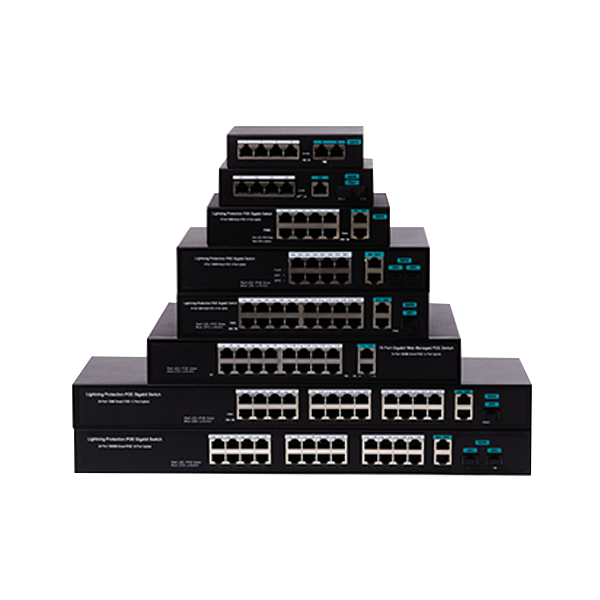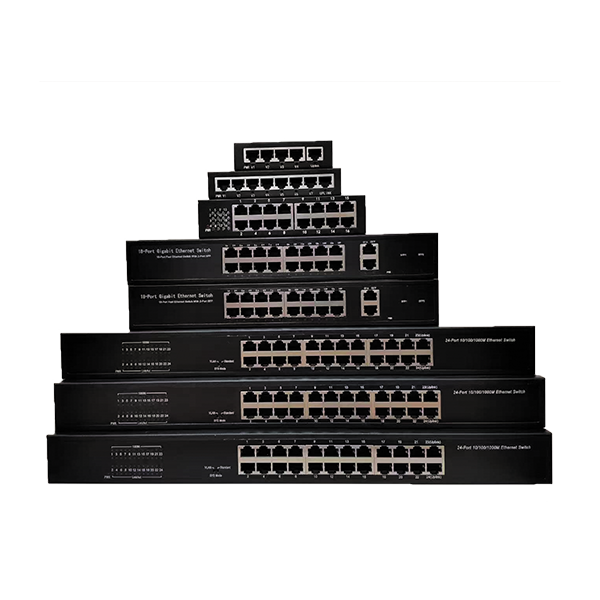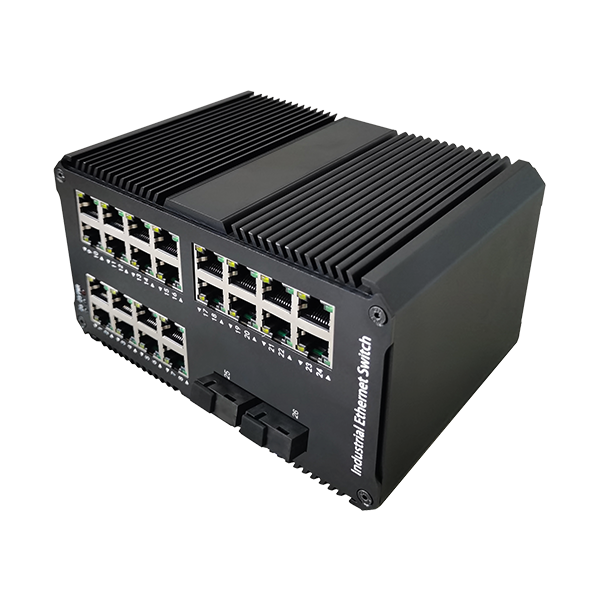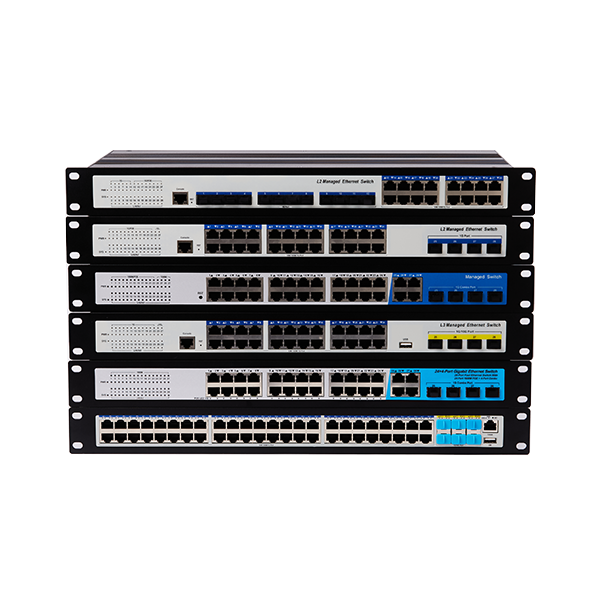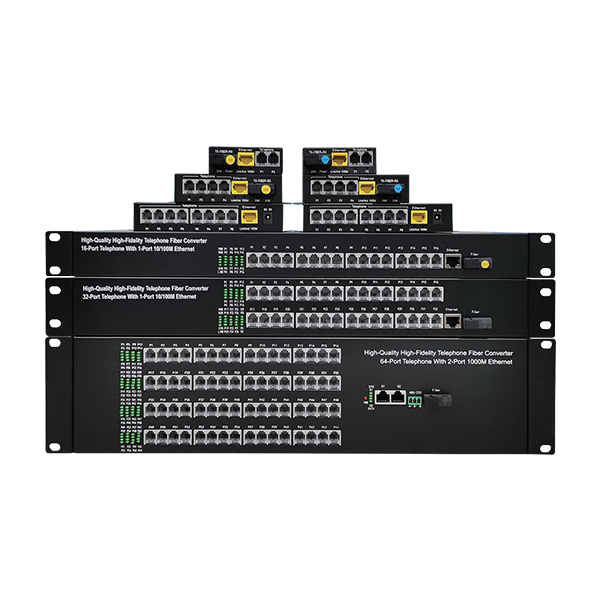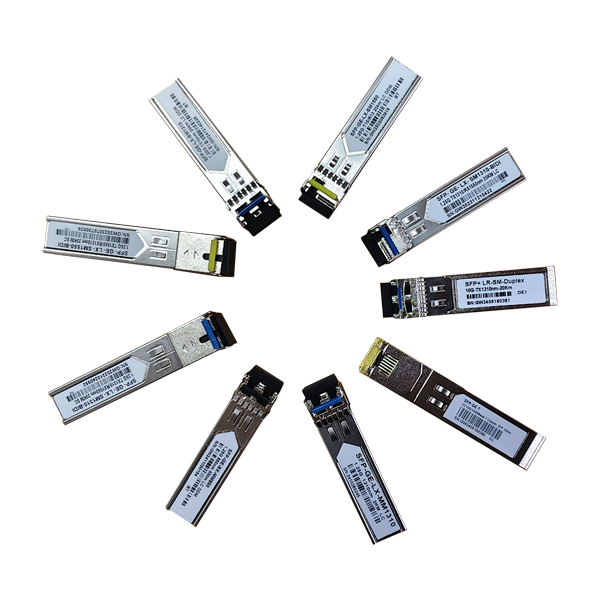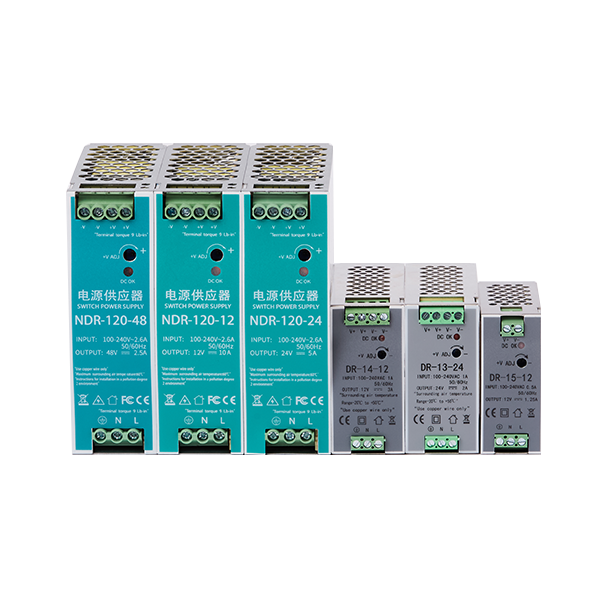The Ins and Outs of Ethernet Switches: A Must-Read Guide
Release time:
Jun 05,2025
What Are Ethernet Switches?
So, you’ve heard the term "Ethernet Switches" tossed around in tech circles, but what exactly are they? Well, buckle up, because this little device is a powerhouse in the world of networking! In the simplest terms, Ethernet switches serve as the traffic directors of your local area network (LAN). They connect multiple devices, such as computers, printers, and servers, allowing them to communicate efficiently.
Why Do You Need Ethernet Switches?
Imagine trying to juggle multiple balls at once. Without a solid strategy, you’re bound to drop a few! Ethernet switches help manage this chaos by ensuring data packets flow seamlessly between devices. They reduce the chances of data collisions and improve overall network performance. Sounds like a win-win, right?
Types of Ethernet Switches
Now, you might be wondering, "Are all Ethernet switches created equal?" Not quite! Here’s a quick rundown of the main types:
- Unmanaged Switches: These are the plug-and-play types. No configuration needed, just connect and go!
- Managed Switches: For those who like to be in control, managed switches offer advanced features like traffic prioritization and VLAN support.
- Smart Switches: A blend of the two! They offer some management features but without the complexity of a fully managed switch.
How Ethernet Switches Enhance Network Efficiency
Here’s the kicker: Ethernet switches can significantly enhance your network’s efficiency. They operate at Layer 2 of the OSI model, which means they use MAC addresses to forward data. This targeted approach is way more efficient than a hub, which sends data to every port—talk about a bandwidth hog!
Setting Up Your Ethernet Switches
Ready to set up your own Ethernet switch? Here’s how you can do it without pulling your hair out:
- Choose the right type based on your needs.
- Connect your devices using Ethernet cables.
- If using a managed switch, configure your settings through the web interface. Don’t worry, it’s usually user-friendly!
- Test the connections by transferring files between devices.
And voilà! You’re good to go.
Common Misconceptions About Ethernet Switches
Let’s clear the air on a few common misconceptions:
- Switches are the same as routers: Nope! While both connect devices, switches operate within a LAN, while routers connect different networks.
- More ports mean better performance: Not necessarily! Quality and speed of the switch matter just as much as the number of ports.
- Ethernet switches can’t handle large networks: Wrong again! With the right configuration, they can efficiently manage extensive networks.
The Future of Ethernet Switches
As technology continues to evolve, so do Ethernet switches. With the rise of IoT devices and increased demand for high-speed internet, manufacturers are constantly innovating. Expect to see more advanced features such as AI-based traffic management, enhanced security features, and support for emerging technologies.
Final Thoughts
In summary, Ethernet switches are essential for any network setup, whether at home or in a corporate environment. They streamline communication between devices, enhance performance, and are available in various types to suit different needs. So next time you’re setting up a network, just remember: investing in a good Ethernet switch is definitely worth it!
Related News






